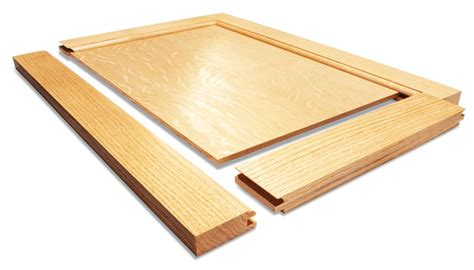

I remember labs full of networked Win 98 machines in middle school, with like Novell software on them for login credentials and whatnot. The computers sat there with a login screen and when students logged into it you would be presented with the Office suite and a restricted web browser and some educational packages. A lot of normal Win 98 stuff wasn’t there though, like any settings menus. But there was some convoluted way where you could bring up a help text and then by navigating deep in the menu system somehow cause it to launch to a “normal” Win 98 desktop.


Software developers are uniquely arrogant in their belief that they have a right to choose when the workers of entire industries or sometimes everyone in the world needs to re-train on the tools they use to do their jobs.
I’m a woodworker. Imagine if I walked into the shop one day to find my table saw replaced with one of those mutant sliding table European things because the manufacturer pushed an update. “We’ve replaced your tool with one that conforms to recently adopted industry norms, buzzwords and trendy design patterns we in the table saw industry have been peer pressuring each other into adopting. You may proceed to suckle upon our genitals in gratitude and worship.”
Meanwhile I’m losing money because the tool I rely on to run my business no longer functions how I was trained to use it. I have to tell my customers that their orders aren’t getting filled because I was visited by the saw fairy and instead of building their furniture for them I have to read manuals, learn how to safely use this thing, find where all the controls went, and then remake all the jigs and tooling I relied on for production and hopefully I can get back to doing actual work before they change it again according to their needs and not mine, on their schedule and not mine.
That’s what it’s like using software in the age of nightly updates or worse cloud-based solutions. You never know when your tools will change out from under you mid-project.